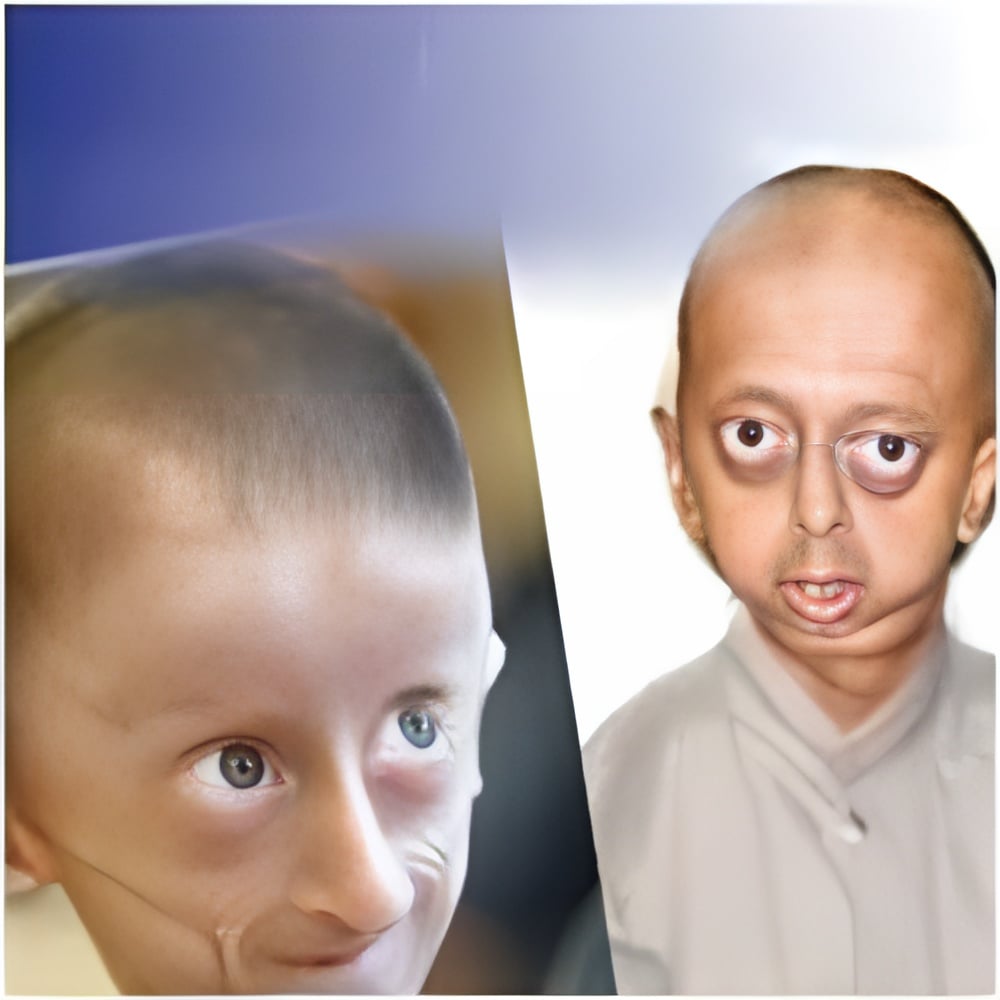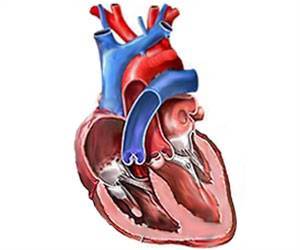It is quite well-known that Hutchinson-Gilford Progeria Syndrome (HGPS or progeria) is a rare genetic disease that causes young children to develop symptoms associated with advanced age

Progeria is caused by a mutation in the gene for lamin A that leads to production of "progerin", a truncated form of the lamin A protein that causes the cell nucleus to become misshapen. "How progerin causes progeria and whether it contributes to the normal aging process are areas of intense speculation," says senior study author, Dr. Colin L. Stewart from the Institute of Medical Biology in Singapore.
Dr. Stewart and colleagues had previously developed a mouse model for progeria. In the current study, they showed that the mutation associated with their mouse model produces a progerin-like truncation of lamin A and causes post-natal connective tissue cells to stop producing an extracellular matrix. The lack of this surrounding matrix then causes the cells to stop dividing and to die. However, the researchers did not see the same effects when they studied embryonic cells. This difference between pre-natal and post-natal effects on cell behavior in the mutant mice is significant because children with progeria appear normal at birth but develop signs of accelerated aging soon after, often dying from heart disease while they are still in their teens.
The researchers go on to show that the defects in the extracellular matrix in mouse and human progeria cells are due to abnormalities in a protein network called the Wnt signaling pathway. "Our results provide support for the hypothesis that progeria is a disease of the connective tissue extracellular matrix which manifests as abnormalities in the skeleton, teeth, skin and vasculature," concludes Dr. Stewart. "If these failures are due to defective Wnt signaling and/or cytoskeletal-extracellular matrix function, they suggest possible new routes of intervention that may help in treating this disease."
As there is also evidence for defective lamin production in the vascular system during the normal aging process, the researchers are keen to explore potential implications of their new findings in these and other aspects of both progeria and normal aging.
 MEDINDIA
MEDINDIA



 Email
Email






